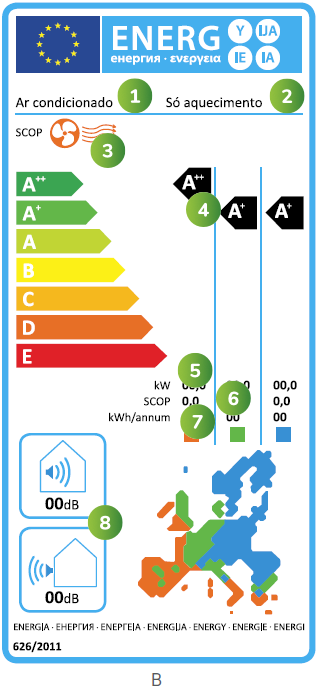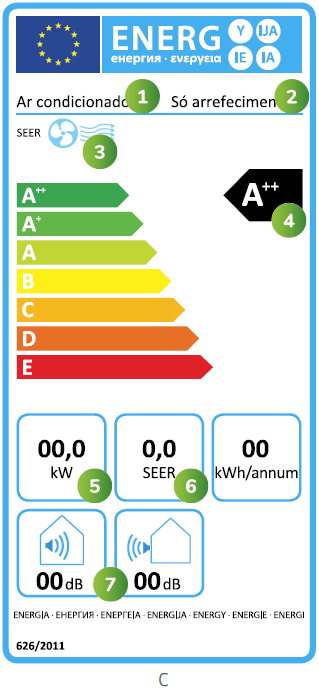Air conditioning equipment has been widely purchased in recent years, with cooling needs representing up to 2% of household electrical consumption.
HOW TO REDUCE YOUR CONSUMPTION ASSOCIATED WITH THE USE OF AIR CONDITIONING?
Contrary to what happens in the case of heating, it is not usual in our country to build houses with centralized air conditioning installations. This situation means that most installations are made up of independent elements. For this reason, centralized or collective installations are rare, despite being much more efficient and avoiding the need to install appliances on the facades of buildings / houses.
Before purchasing AC equipment, you should seek advice from a qualified HVAC professional (heating, ventilation and air conditioning), so that you are provided with information about the type of equipment and which power is best suited to your needs. In addition, the construction materials used, the orientation of the house and its design also have a great influence on the home’s air conditioning needs.
AC em funcionamento
Um equipamento de ar condicionado em funcionamento representa um custo elevado. Esse custo está diretamente relacionado com o setpoint definido para a operação do equipamento.
Ajuste da temperatura
Ajuste a temperatura de funcionamento para uma mais adequada (18ºC Inverno e 25ªC Verão) esta é uma medida sem custos e que permite poupanças significativas.
Poupança
A alteração de 1ºC na temperatura de funcionamento corresponde a uma poupança de 7% no consumo de energia deste equipamento.





 Simulador Simples
Simulador Simples Simulador Avançado
Simulador Avançado